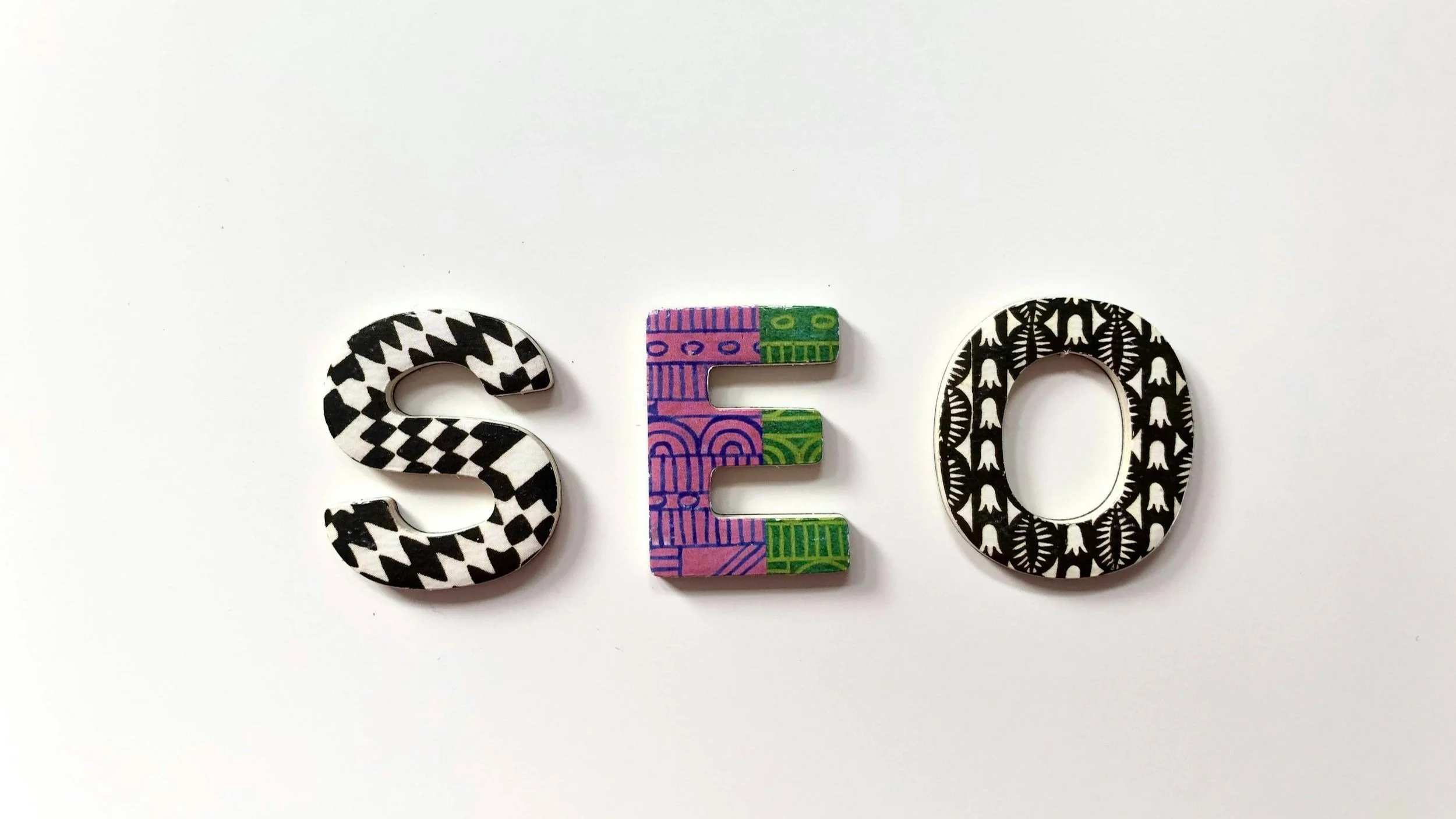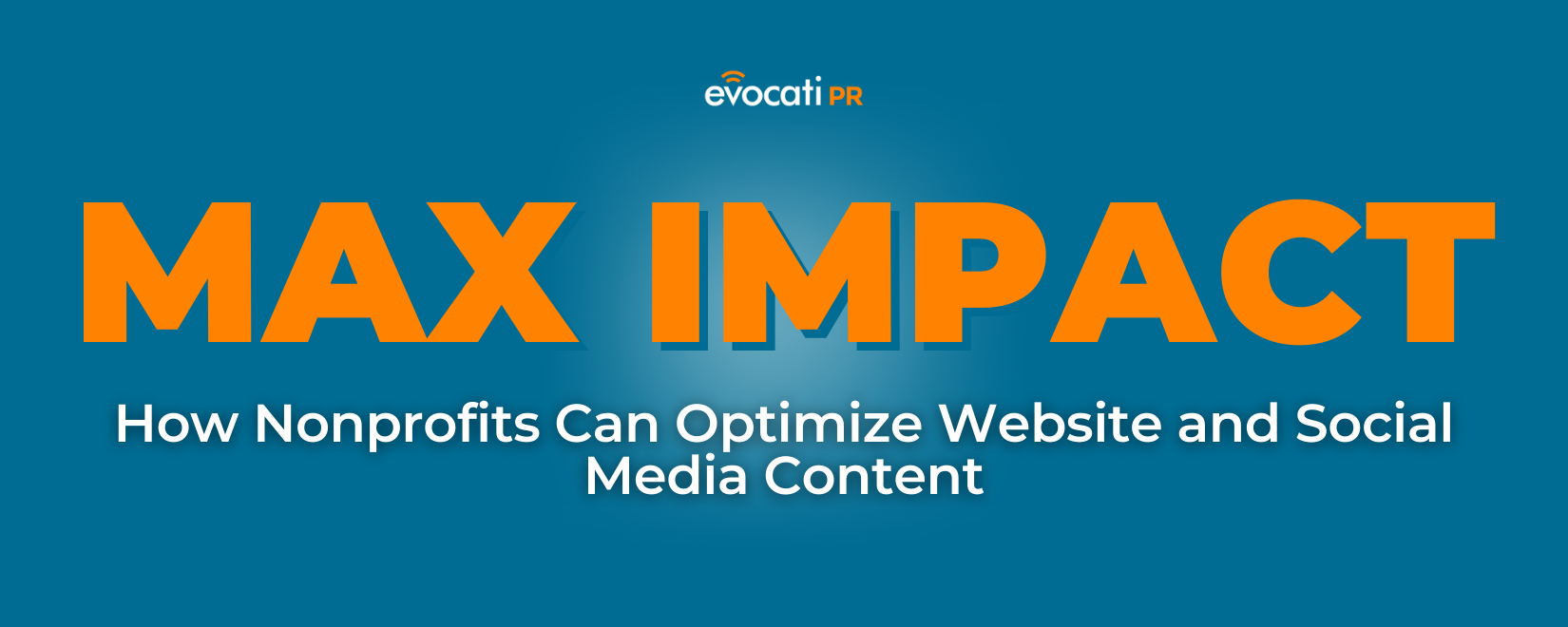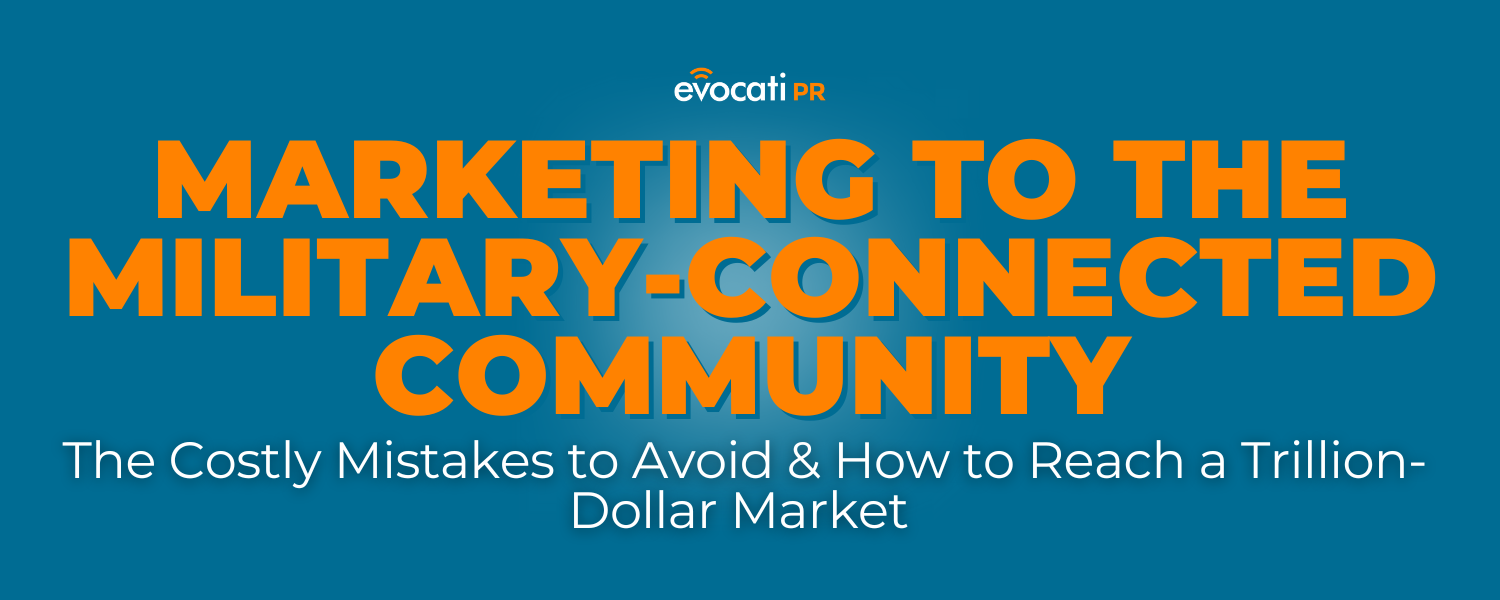Max Impact: How Nonprofits Can Optimize Website and Social Media Content
Steps You Can Today Take to Optimize Your Content Across Platforms
Introduction
Nonprofit organizations must effectively leverage their online presence to maximize their impact to volunteer registrations, donations, fundraising, etc.
For professionals this means strategically optimizing both website and social media platforms including YouTube.
But where and how to focus your content optimization is critical for sustainable success. If you fail to focus on either, you'll never raise enough donations or grow an audience.
Building on our decades of marketing lessons-learned for nonprofit clients, this article offers actionable insights to help you enhance visibility, engage your audience, and amplify your mission.
READ MORE: The Top PR and Marketing Strategies for Nonprofits in 2024 | Evocati PR
Optimize Cross-Platform Content and Promotion
To begin, it's essential to ensure that your nonprofit's presence is optimized across platforms. Optimizing your content across platforms means tailoring your messaging and visuals to offer a seamless experience for your audience, regardless of where they encounter it. This requires understanding each platform's unique characteristics and user expectations, whether it’s Facebook, Instagram, Twitter (X), or your website.
You must craft and cater messages that align with your brand voice and mission while adapting them to suit each platform's tone and format. Doing so will make your content more appealing and shareable, increasing your reach and impact.
READ MORE: Before You Leap: Understanding the Role of PR in Your Entrepreneurial Journey | Evocati PR
For example, an in-depth story on your website could become a vibrant image with a strong call to action on Instagram or a concise post on Twitter (X).
An optimized cross-platform strategy ensures your audience receives a cohesive and engaging experience, driving better engagement and stronger connections with your mission.
Here are some tips to get started:
Cross-Promote Platforms: Highlight your organization's presence on different platforms within each channel. For example, if you have YouTube content, make sure the link is visible on your website and other social channels.
Use Hashtags: Hashtags are powerful tools to increase your reach and engagement on social media. Research relevant hashtags in your industry or cause and use them consistently across platforms to gain more visibility.
Lean on Template Solutions: Use marketing templates like Airtable (we love it) to organize, write, and track different content across platforms.
Optimize Website Content for Search Engine Rankings
Search Engine Optimization is a critical component of long-term success. (Source: Unsplash.com)
Besides promoting content across various platforms, it's essential to optimize your website content for search engine rankings. This means utilizing keywords and SEO strategies to improve your website's visibility when people search for related terms on search engines like Google.
READ MORE: How to Determine Your Target Audience for Maximum Impact | Evocati PR
Here are some best practices for optimizing website content:
Keyword Research: Conduct research to identify the most relevant keywords related to your mission and incorporate them into your website copy, page titles, meta descriptions, etc.
Meta Descriptions and Title Tags: Make sure each page on your website has a unique and compelling meta description and title tag that accurately describes the content to improve click-through rates.
Optimize Images: Use alt tags and descriptive file names for images on your website to improve accessibility and search engine rankings.
Use AI: We've found AI programs like Jasper and Microsoft Copilot to be an effective tool generating SEO titles and descriptions.
Website Content Optimization
Invest time improving the user experience and content of your website. (Source: Unsplash.com)
Your website is often the first point of contact for potential supporters. Ensuring that your content is engaging and organized is crucial.
News vs. Blog Section
Distinguish between your "Recent News" and "Blog" sections to provide varied content that caters to different interests:
News Section: Use this area to highlight major milestones such as press releases, partnerships, and achievements. Make it a platform to showcase your nonprofit in the external media landscape.
Blog Section: Adopt a more conversational tone here to share personal stories, event recaps, and insights into your work's impact. This is your space to connect emotionally with your audience and reinforce your mission.
Homepage Enhancements
Improve user experience and engagement by making strategic changes to your homepage:
Elevate the News Section: Bring the news section higher on the homepage to increase visibility. Consider using a partially transparent black filter over images to enhance text readability.
Highlight “News and Updates”: Increase the font size of this section and link it to your newsletter signup to encourage subscription. Use contrasting backgrounds to make this section stand out as a separate entity, distinct from program details.
YouTube Best Practices
If you have a YouTube Channel, be sure to focus on optimizing it as well. (Source: Unslpash.com)
YouTube is a powerful tool to engage supporters with dynamic video content. Optimize your channel to ensure maximum reach and impact:
Revamp Video Titles: Avoid generic titles like "IMG 0" or "video output." Instead, create compelling, descriptive titles that entice viewers to click.
Define Channel Goals: Determine the primary objective of your channel. Whether it's to inform, educate, or inspire, ensure that your content aligns with this goal.
Optimize Descriptions: Include relevant organizational information and links in your video descriptions. This practice not only boosts SEO but also directs viewers to more content.
Social Media Strategy
Social media platforms are invaluable for reaching a broader audience and fostering community engagement.
Leverage Video Content: Short, engaging videos (<60 seconds) perform exceptionally well across platforms. Use TikTok, Instagram Reels, Facebook Stories, LinkedIn, and YouTube Shorts to share bite-sized content that links back to your blog or news stories for additional context.
Repurpose Website Content: Make sure every piece of content on your website is promoted through social media. If it’s not worth sharing on social channels, reconsider its presence on the website.
By implementing these strategies, nonprofit marketing professionals can elevate their digital presence, engage with their audience more meaningfully, and ultimately drive greater impact for their mission.
READ MORE: Unleashed: Maximize Your Startup's Social Media Marketing Impact | Evocati PR
Conclusion
Optimizing your nonprofit's website and social media content is not just about increasing visibility—it's about deepening connections with your community and amplifying your mission.
Take action today by reviewing your current strategies, implementing these tips, and engaging with your audience like never before. For personalized guidance, consider reaching out to one of the Evocati PR experts. Together, we can make a difference.








